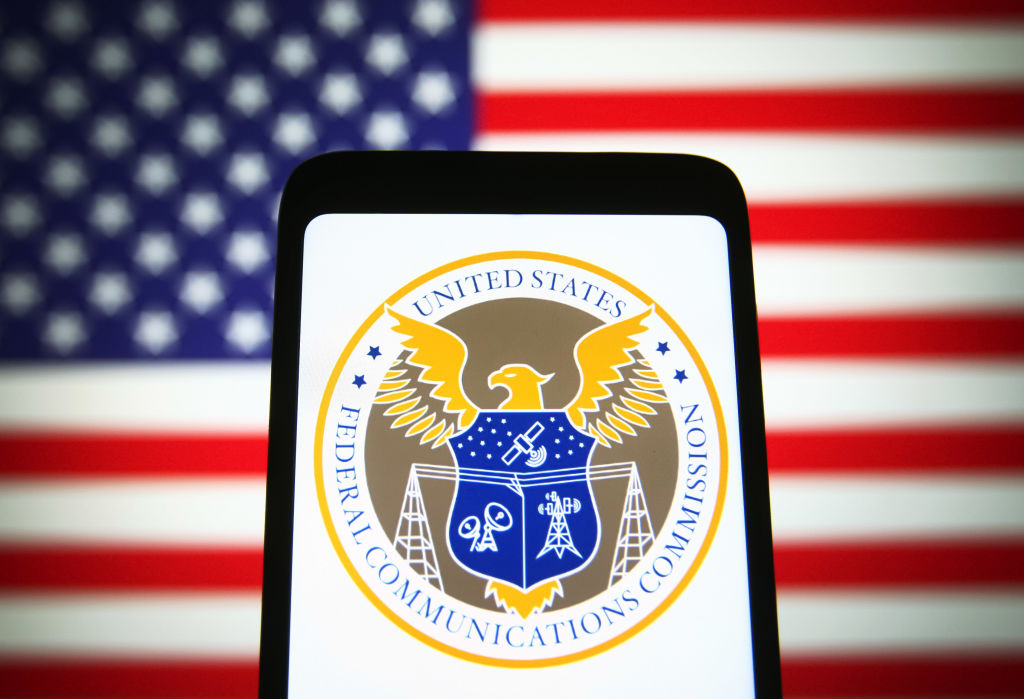Broadcasters Push Extended Audible Crawl Rule Waiver
Say there is still no technical solution to problem

Broadcasters — including their primary lobby group in Washington, D.C., and affiliate associations — have told the FCC that if it does not extend its waiver of the requirement to provide oral descriptions of weather radar and other visual emergency information, they may have to cut back on those graphics for everyone.
The National Association of Broadcasters asked the Federal Communications Commission for another waiver — for two years — of the requirement that TV stations provide aural descriptions of non-aural emergency information, which was originally to have gone into effect in 2015.
It was joined by the ABC, CBS, Fox and NBC affiliate associations in reply comments to the commission on extending the audible crawl rule waiver.
The American Council of the Blind and the American Foundation for the Blind oppose the waiver extension because they suggest a lack of “proactive” broadcaster efforts to solve the problem. Both groups supported the first two waivers secured by broadcasters.
Not so, say broadcasters.
“An extension is both necessary because there is no clear technical solution for compliance with the rule, and in the public interest because consumers will continue to receive the critical details about emergencies during the waiver period,” NAB told the FCC.
NAB said that there was still no workable way “to identify and extract the most salient information in a dynamic radar map, and convert that information to speech,” something that the providers of weather data software and radar images have been working on addressing but have yet to provide, it said.
Broadcasting & Cable Newsletter
The smarter way to stay on top of broadcasting and cable industry. Sign up below
While artificial intelligence (AI) might be a solution — something opponents of the waiver have suggested — the NAB told the commission that AI has not yet been able to succeed at describing non-static pictures, like changing radar patterns. But NAB also said that even if AI cracks that code, it is not clear how it would be integrated into the broadcast chain.
Not even the new ATSC 3.0 transmission technology and its interactivity and targeting capabilities provides a ready solution, the NAB said.
In supporting comments, the affiliate associations said: “Broadcasters have made ‘good-faith efforts’ to find technical solutions to comply with the Audible Crawl Rule since its adoption,” but the technical challenge remains.
Absent the waiver, they told the commission, “the only path to full compliance with the rule would be to manually describe the visual, nontextual information or eliminate it altogether, which would degrade the emergency information that all viewers receive.”
That, they said, would lead to “inferior emergency programming that cannot make use of important graphics and non-textual information” without running afoul of the mandate.
Contributing editor John Eggerton has been an editor and/or writer on media regulation, legislation and policy for over four decades, including covering the FCC, FTC, Congress, the major media trade associations, and the federal courts. In addition to Multichannel News and Broadcasting + Cable, his work has appeared in Radio World, TV Technology, TV Fax, This Week in Consumer Electronics, Variety and the Encyclopedia Britannica.

